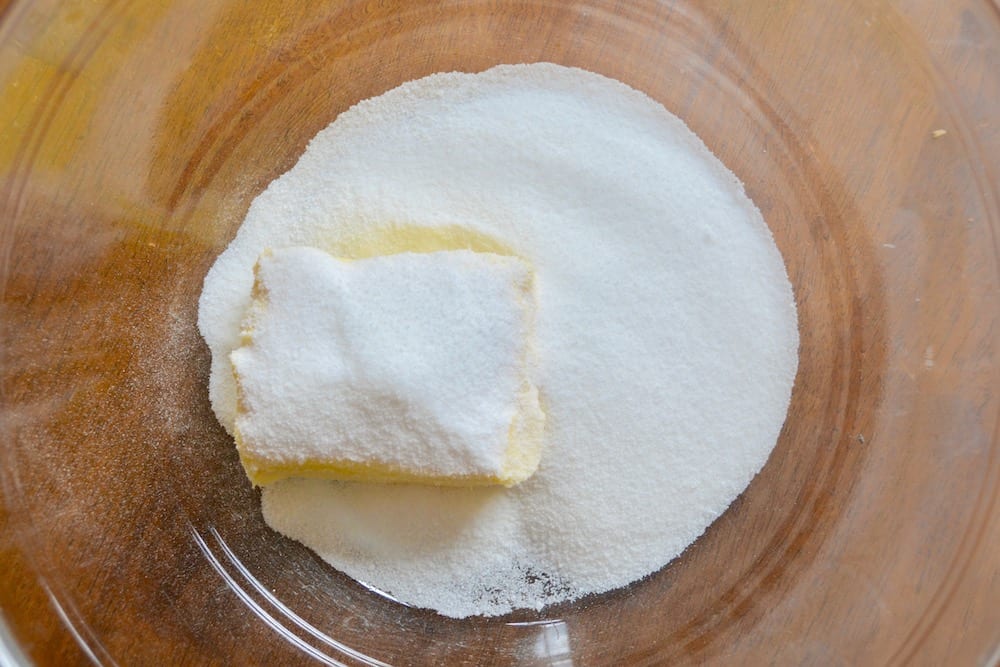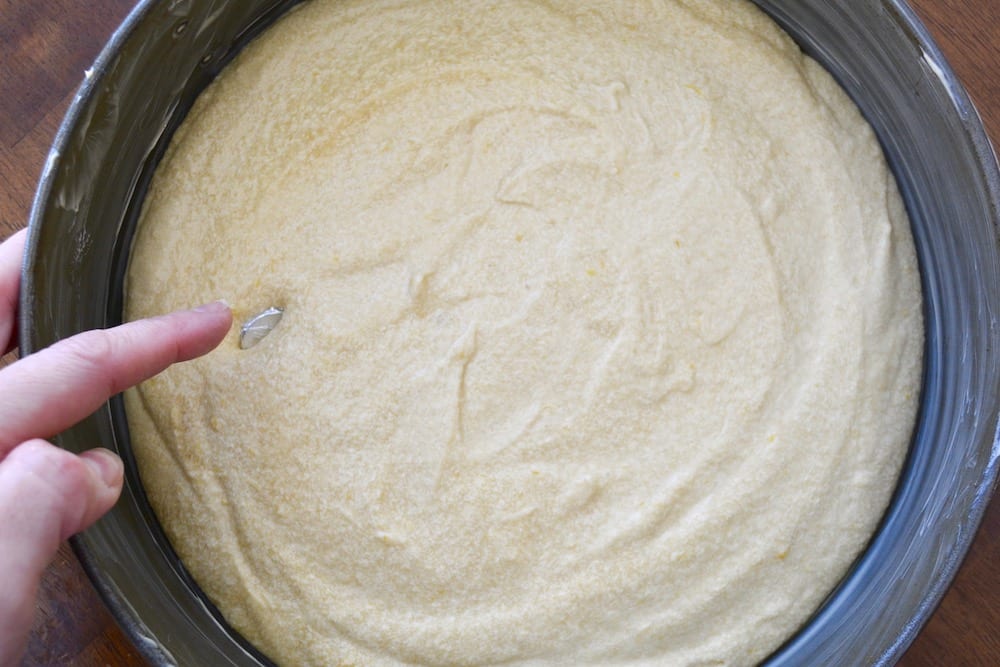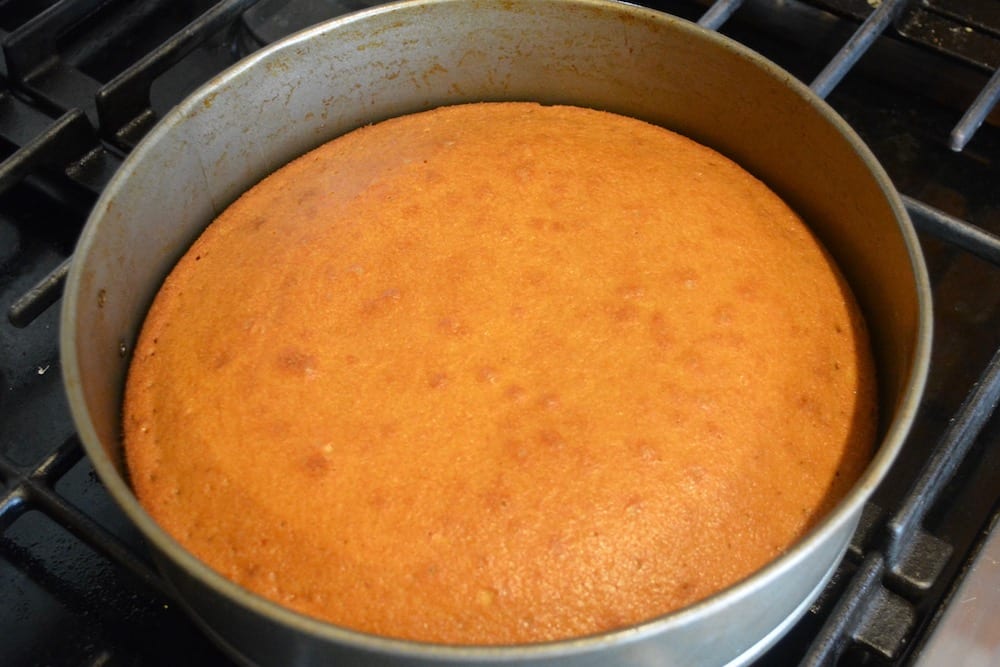The best celebrations are those commemorated with food — barbecue on the 4th of July, turkey at Thanksgiving, lamb for Easter. It wasn’t until marrying into a Greek family that I discovered the fun of cake Greek new year cake. The festive part of Greece’s Vasilopita, named after “Agios Vasilis” or Saint Basil, is its hidden coin. Whomever receives the slice containing the coin is said to enjoy good luck for the rest of the year. When it comes to the cake’s recipe, there are seemingly endless variations. Our family prepares a version reminiscent of lemon pound cake or the French “Madeleine” of my childhood. Whichever recipe you choose, the true magic is in the hidden coin. Cheers to 2018!
Ingredients
- 1.5 cups butter (room temperature)
- 1.5 cups sugar
- 8 eggs (room temperature)
- 4 teaspoons vanilla extract
- 2/3 cup orange juice
- 2 teaspoons baking powder
- 1 shot ouzo (optional)
- Zest from two lemons
- Zest from one orange
- 3 cups flour
- 1 cup confectioner sugar
- 1 foil wrapped coin
Preparation
- Heat the oven to 350 degrees
- While the oven is heating, cream together in a large bowl the room temperature butter and sugar with a mixer
- Add the eggs and vanilla and mix with the mixer




- Mix the baking powder and orange juice in a glass
- Add the orange juice, ouzo (optional), lemon and orange zest and combine with the mixer


- Stir in the flour and finish with the mixer
- Pour the batter into a greased 10.5 inch round cake pan
- Place the foil wrapped coin in the batter
- Bake at 350 degrees for 40 minutes until golden brown



- Remove from the pan and let cool on a cooling rack
- Once cool, cover the top of the cake with confectioner sugar
- Cut, serve, and be thoroughly amused by the children who feverishly devour their slices in the hopes of finding the coin


